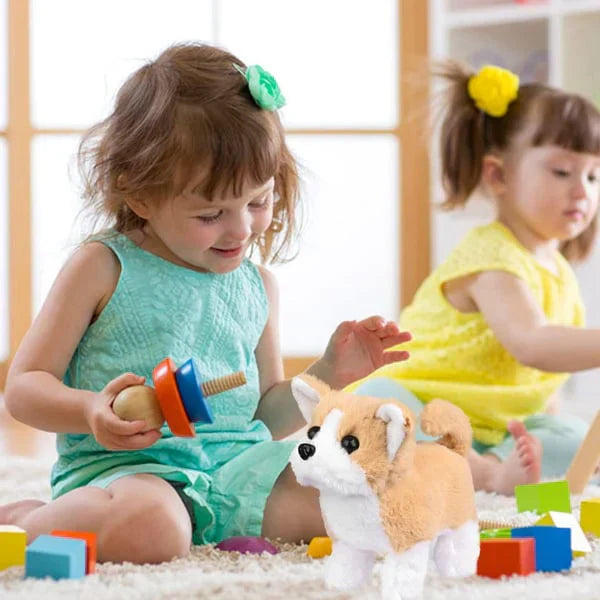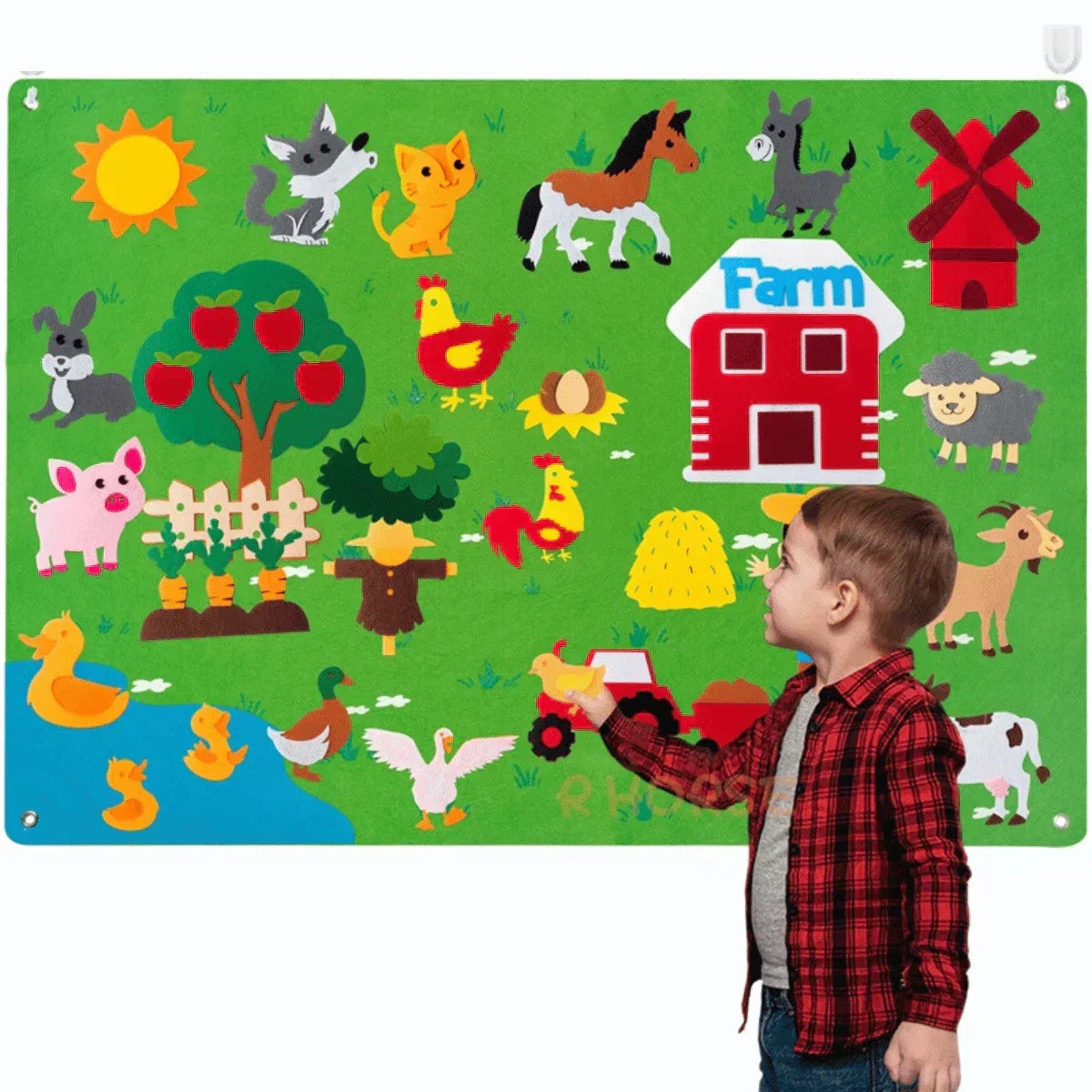Toys are more than just objects of amusement—they are powerful tools that influence cognitive development, emotional intelligence, and social behavior. Understanding the psychology behind play can help parents, educators, and toy makers create more meaningful play experiences for children.
In this in-depth exploration, we’ll cover:
-
How play affects brain development
-
The emotional benefits of different types of toys
-
The role of play in building resilience and creativity
-
How to choose toys that support mental well-being
-
Common psychological challenges in play (and how to address them)
1. The Neuroscience of Play: How Toys Wire the Brain
Scientific studies show that play activates multiple regions of the brain, including those responsible for:
-
Problem-solving (prefrontal cortex)
-
Motor skills (cerebellum)
-
Emotional regulation (limbic system)
-
Language development (Broca’s area)
Key Findings:
-
Children who engage in open-ended play (e.g., blocks, dolls) develop stronger executive function skills (planning, focus, self-control).
-
Sensory play (sand, water, textured toys) helps regulate emotions in children with anxiety or ADHD.
-
Pretend play activates the brain’s "default mode network," which is linked to creativity and empathy.
2. Emotional Intelligence & Play: How Toys Teach Life Skills
Different types of toys nurture distinct emotional and social abilities:
| Toy Type | Psychological Benefit | Example |
|---|---|---|
| Dolls & Action Figures | Encourages empathy and role-playing | A child "comforting" a doll learns nurturing behavior |
| Building Blocks | Develops patience and resilience (when structures fall) | LEGO sets teach trial-and-error problem-solving |
| Board Games | Teaches frustration tolerance and fair play | Losing a game helps kids manage disappointment |
| Art Supplies | Provides emotional expression | Drawing helps children process big feelings |
Real-world impact: Studies link childhood play with better stress management in adulthood.
3. The Dark Side of Play: Psychological Risks & How to Avoid Them
Not all play is beneficial. Some modern toy trends raise concerns:
❌ Overstructured Toys (e.g., apps with rigid rules) → Reduce creativity
❌ Hyper-Competitive Games → Increase anxiety in sensitive kids
❌ Isolated Digital Play → Limit social skill development
Solutions:
✔ Balance digital toys with hands-on play
✔ Choose cooperative games over always-competitive ones
✔ Encourage free play without adult direction
4. Choosing Psychologically Healthy Toys: A Parent’s Guide
Look for toys that:
✅ Allow open-ended play (no single "right" way to use them)
✅ Match the child’s developmental stage (not just age labels)
✅ Encourage social interaction (e.g., multiplayer games)
✅ Provide sensory feedback (textures, sounds, movement)
Pro Tip: Observe what frustrates or excites your child during play—it reveals their learning style.
5. The Future of Play Psychology
Emerging trends in toy design:
-
"Mindful" toys (e.g., breathing buddy plushies for anxiety)
-
Toys that teach emotional vocabulary ("How do you feel?" prompts)
-
AI playmates that adapt to a child’s emotional needs
Caution: Technology should enhance—not replace—human connection in play.
Conclusion: Play as Emotional Nutrition
Just as food fuels the body, play nourishes the mind. By selecting toys with psychological benefits—and allowing time for unstructured exploration—we give children tools to thrive emotionally and intellectually.
At Rimpub, we believe the best toys don’t just entertain—they help grow resilient, creative, and kind humans.
What toys helped YOU through tough times as a kid? Share your story below!




Leave a comment
This site is protected by hCaptcha and the hCaptcha Privacy Policy and Terms of Service apply.